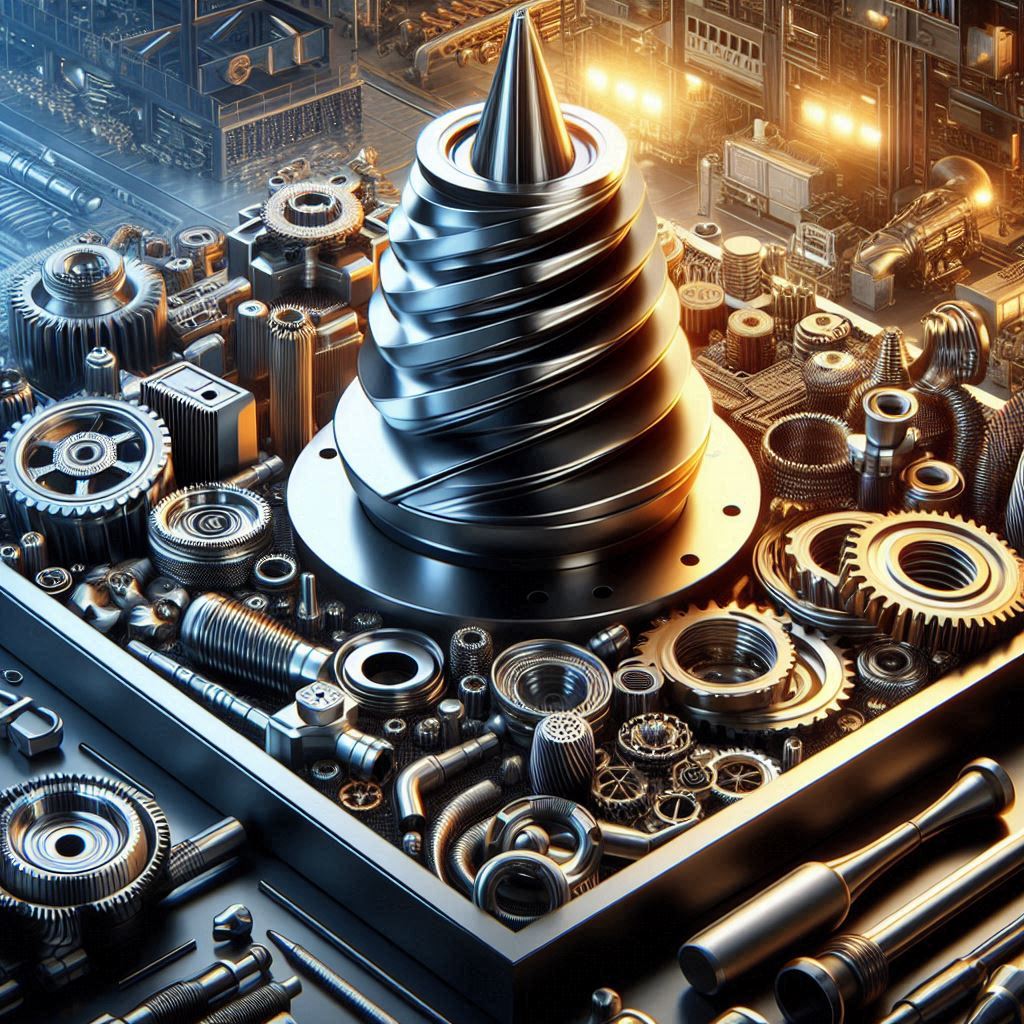Nowadays, the manufacturing method employed has a big influence on the fasteners’ overall quality, strength, and accuracy. The Cold Formed Parts are ideal for businesses that require dependability and longevity because of its enhanced strength, affordability, and accuracy.
Colds vs hot forming
When you come to know the different fastener production processes, it helps you choose the best option for your particular requirements. It is one of the popular techniques for producing fasteners, including cold forming and hot forming, which will be discussed in this article. Though each of these production techniques has benefits, cold forming is the best option for producing fasteners with high strength and volume.
Cold Forming:
It is one common and very effective way to make fasteners is by cold forming. It entails using high pressure to shape metal that is at or close to room temperature. By deforming the metal without heating it, cold forming improves its strength and minimizes material waste. It is complex items, including electrical components, rivets, and special fasteners, are made with this method.
Hot Forming:
Prior to shaping, metal is heated to a high temperature in a process known as “hot forming.” Since the heated metal is easier to shape, it is frequently utilized for larger fasteners that need a lot of deformation. The metal becomes less resistant during shaping thanks to this heating, which lessens the strain on the material and equipment. Larger structural bolts and fasteners for heavy-duty applications are frequently made using this technique.
Let us discuss the common ideas about Cold Forming vs Hot Forming for Manufacturing, which delivers the right ideas.
Common benefits of using the cold forming:
Before going to use such cold, you need to Benefits of Cold Forming for Manufacturing, which helps to provide the best solution.
High Repeatability
Cold forming can be just as accurate as machining while operating more quickly. Each of the four components in a four-station machine is in a distinct stage of development. It is one of the High-Volume Production Cold Forming Processes which is more comfortable at all times. Additionally, cold heading provides outstanding repeatability when combined with manufacturing know-how, superb tool design, and the use of precision tooling.
Decreased Scrap Bar:
It is the same diameter as the biggest diameter of the completed component being machined and is used to start the entire machining process. In order to reach this final shape, the bar stock is removed, which lowers the diameters and produces shavings as trash. The cold forming method, on the other hand, starts with a designed blank and passes the material through a number of dies.
Strength of the Product Reconfiguring:
The grain flow to provide the component more strength is one of the main benefits of cold forming. As opposed to machining, cold forming does not remove any material. Rather, the grains are compressed by the upsetting and extrusion operations, which also positively alters the grain flow in key parts. The Cold-Formed Metal Parts for Mass Production provide the best great support at all times.
The use of cold forming as a technique to create reliable metal production parts is the subject of this article. They also offer instructions for choosing the right part and the cold-forming procedure. One excellent method for creating metal pieces is cold forming. These are broad recommendations for choosing materials and streamlining processes.
